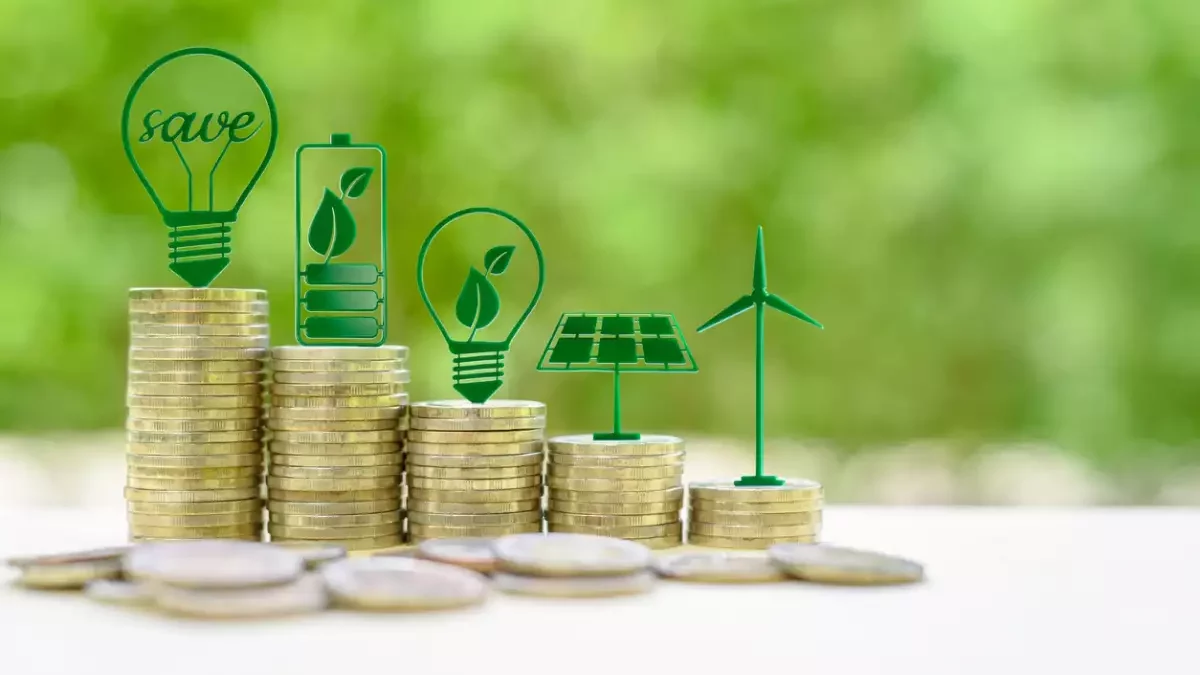Three pillars to help industry advance in building circular economy strategies
March 25, 2025
Pollution, climate change, and biodiversity loss form the triple planetary crisis, threatening humanity’s chances of a sustainable future. In this context, manufacturing industries urgently need to transform their production processes, abandoning the linear approach of extracting resources to make products that typically end up as waste. Unfortunately, this ideal is far from reality: according to the United Nations Environment Programme (UNEP), only 7.2% of materials used globally are recycled.
To address this issue and encourage global industry to renew processes, the World Economic Forum (WEF), in collaboration with consulting firm Bain & Company and the University of Cambridge, developed a report defining three core strategies or archetypes for manufacturing companies to implement circularity as a production model.
The three archetypes are:
-
Replacing virgin raw materials
Substituting them with recycled materials such as plastic or aluminum, especially relevant for short-lived products like packaging. -
Extending product lifespan
Relevant for high-value, durable goods that can be repaired or refurbished. -
Redefining production and business models
Implementing practices to share or lease equipment and machinery.
Willingness to implement change
The advantage of these approaches is that while they offer diverse pathways for industries to adopt circular models, all are complementary, explains Karien Volker, deputy manager of Circular Economy at Fundación Chile. She adds that these strategies not only provide economic, environmental, and competitive benefits, but “companies that combine multiple archetypes—rather than applying only one—achieve greater results in economic value and sustainability.”
One factor that could hinder the adoption of these strategies is that implementation is not a short-term issue. According to Hermann von Mühlenbrock, president of Global Compact Chile and general manager of Aceros AZA, while the WEF’s guidance is helpful, the real challenge lies in investing in these models without losing competitiveness.
“It is not enough for a few companies to voluntarily commit to sustainability if, at the same time, the market allows entry of products that don’t adhere to the same rules. The circular economy depends not only on the private sector’s willingness but also on creating an environment that fosters investment in innovation, infrastructure, and clean technologies, ensuring sustainability does not become a competitive disadvantage,” warns von Mühlenbrock.
Achieving this requires clear regulatory frameworks and collaborative, integrated efforts from all stakeholders along the value chain, emphasizes Karien Volker. She notes that—although Chile has made significant regulatory advances—updating rules is necessary to strengthen secondary markets for recycled materials, such as plastics used in food contact, and allowing refillable packaging for cosmetics, food, or pet products while complying with hygiene protocols.
Sharing capacity
A practical starting point is optimizing the use of existing resources. Tomás Meriño, project manager at the circular economy consultancy Thinking, highlights the WEF archetype of sharing capacities and collaboration:
“Instead of each company investing in costly equipment that may be underutilized, proposals involve sharing schemes. A concrete example is the rise of industrial equipment rental platforms and consortia between companies jointly using expensive machinery, such as in mining or agroindustry.”
Meriño points out that although this practice is in its early stages in Chile, for a limited local market like ours, “collaboration among companies—even competitors—could be key to achieving economies of scale in recycling, reverse logistics, or infrastructure sharing, which would otherwise be individually unfeasible.”
Mining is a pioneer industry in sharing capacities, notes Raúl O’Ryan, an academic from the Energy Transition Center (Centra) at Universidad Adolfo Ibáñez. He mentions the recent agreement between Codelco and Anglo American as an example: both companies will jointly develop adjacent mining projects near Santiago, optimizing infrastructure usage, reducing operational costs, and improving resource efficiency, including water and energy.
Regarding recycling—a pillar recommended by the WEF—another sector with significant potential, according to O’Ryan, is construction, responsible for over 30% of Chile’s solid waste. “Companies are starting to implement recycled concrete usage, material reuse, and energy efficiency in new buildings. These initiatives reduce waste and lower input costs, making companies adopting these models more competitive,” he adds. The steel, packaging, and container industries are also pushing forward the incorporation of recycled materials into their processes.
Extending product lifespan
Considering Chile generates 8.1 million tons of household waste per year—with a recycling rate around just 1%—extending product lifespan, another key recommendation from the World Economic Forum, provides double benefits, highlights Tomás Meriño.
“Companies are discovering that offering robust after-sales services, such as extended warranties, maintenance, spare parts availability, and refurbishment programs, is beneficial not only environmentally but also commercially.” Among these actions, he notes repair has the greatest positive impact on reducing emissions, boosting revenue, and cutting costs.
Designing more durable, repairable, and upgradeable products, especially in automotive, machinery, medical technology, and consumer goods, allows companies to generate new revenue streams and build customer loyalty, adds Raúl O’Ryan. This approach is particularly relevant given consumers’ growing environmental awareness and increasing demands from international markets.
420 senior executives from 10 global manufacturing sectors were surveyed in the World Economic Forum’s report.
-
75% consider circular economy strategies important or extremely important, up 35 percentage points compared to three years ago.
-
65% believe these practices will help reduce greenhouse gas emissions within the next three years.
-
73% estimate circular strategies will increase profitability, while 56% foresee reduced production costs.

